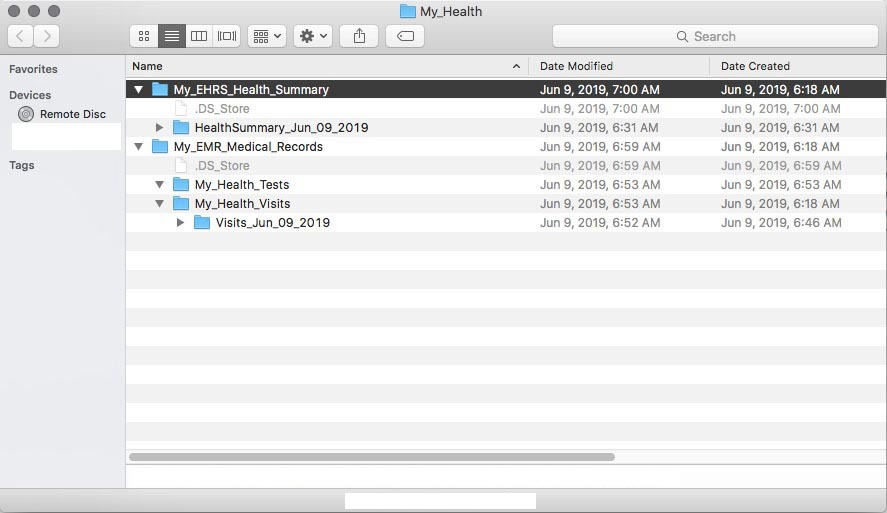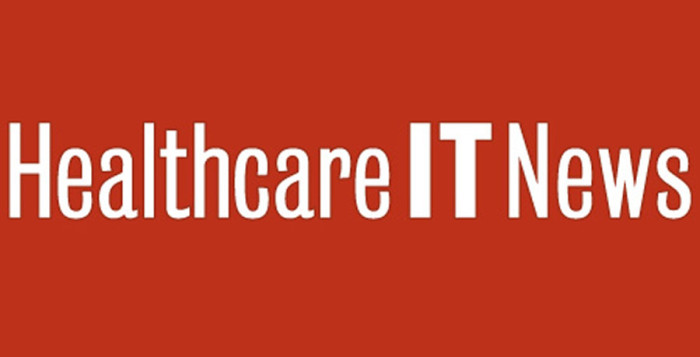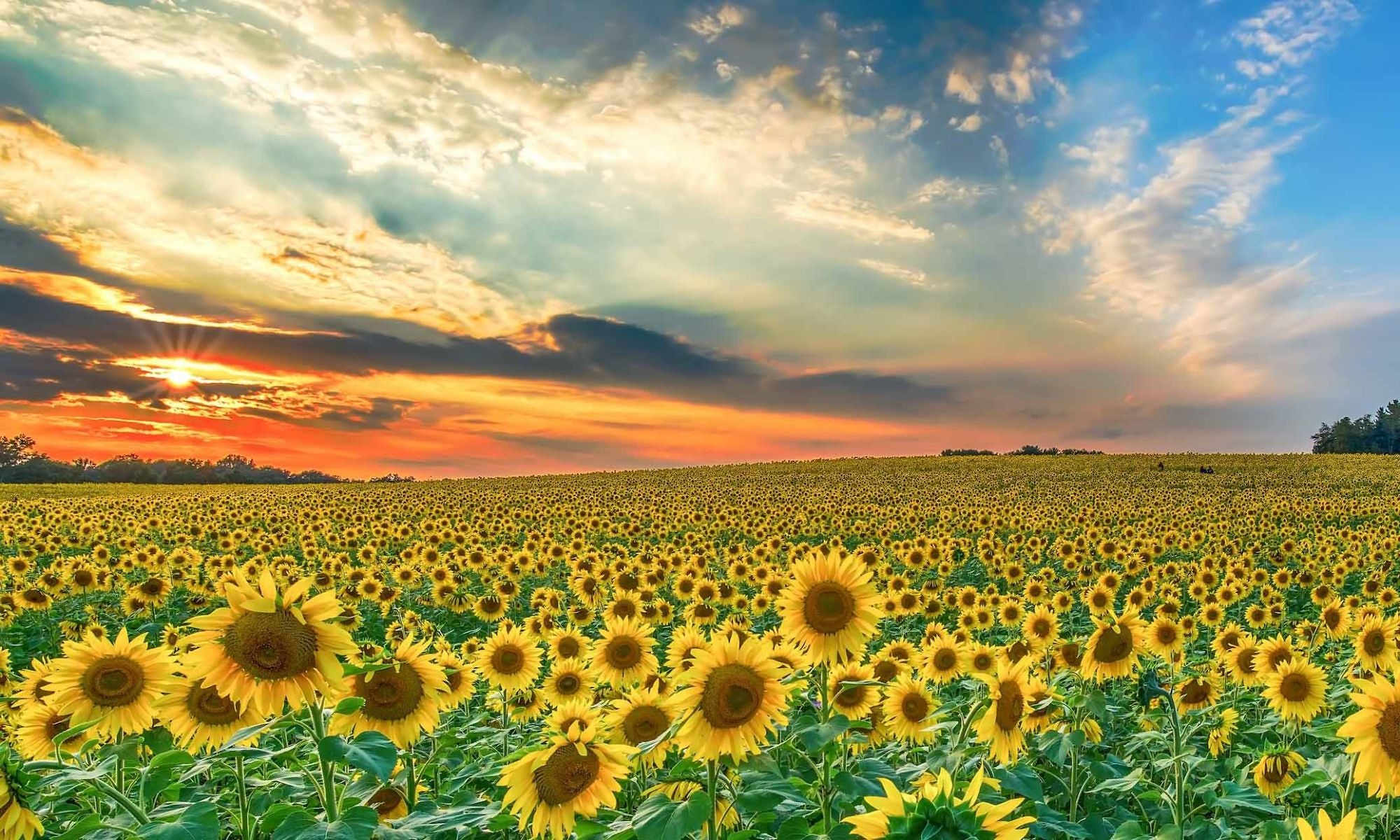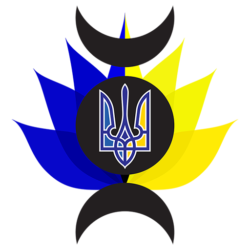My Medical Life Record
AKA
My EHRS, My Lucy, My CCD, My CDA and My EHR
Stick it on your phone everybody OR carry it on a thumb drive/memory stick. It’s a XML document or pdf you can import into your iphone or store on a thumb drive there are several different kinds of documents available. I have a folder called:
My_EHRS_Health_Summary
plus another folder called:
My_EMR_Medical_Records
with appropriate sub folders:
My_Health_Tests and My_Health_Visits
Like this screen shot shows:

I have worked in College Textbook Publishing (Anatomy and Physiology, Microbiology and Health) all my career and it took literally two days to research and write this curated article. I know what SGML and XML is. [Ouch already there is a ouch in here, sheesh!]
I have no idea what the records are called or what to look for, so read on to see why if you dare. Here we go on the internet together:

corepointhealth => It's primary purpose is for exchange – specifically in the context of a patient being transferred from one care setting to another.
Legitimus comments => OK is this what I need to not die? Err, maybe, exactly what is it they have for me that is available?
Key terms: C-CDA CCD and CCR [Check!]

This next article discusses “meaningful use” which I thought was interesting because it is the whole: Is she drunk? is it toe fungus OR a ruptured brain aneurysm conundrum.

This article discusses meaningful use and what that means: A CCD [Clinical Care Document] is a snapshot with 17 different sections that is supposed to include the information that is critical to provide continuity of care of the patient. Meaning a medical condition that is super important will not be lost but may not be what you were in the Dr. Office or hospital FOR this last time. The Dr's need to know about the life critical issues to triage correctly in an emergency.
The triage should also be based on prior scientific evidence not just a 5 minute snapshot of the vitals at one moment in time in order to fast track correctly.
A CCR started out as a Continuity of Care Record that was three pages long created by the Massachusetts Department of Public Health.
Custom Healthcare IT Extract=> What is the difference between a CCD document and a CCR document? Brull said in a class he teaches, the "three C's of healthcare" are discussed: CCD, CDA and CCR, or Continuity of Care Record. "The CCD owes its existence to CCR and CDA," he said. "The CCR started out as a three-page paper document, which was used in patient care referrals." Additionally, the CCR was created by the Massachusetts Department of Public Health and included information necessary for providers to effectively continue care. "Since it was a very successful document in the transfer of care scenario, the Massachusetts Department of Public Health teamed up with ASTM and the Massachusetts Medical Society to create an electronic version of CCR," said Brull. Eventually, he continued, ASTM combined efforts with HL7 to construct the CCD document, which includes all the same content of the CCR, but under the architecture of the CDA.
Legitmus => Yes meaningful use is important. Is it a CCD or a CCR? meaning a CCD is a Lucy but a CCR is the Mass. version of a Lucy? [YES]

OK so I am interested in how these things work and how I can get it into my phone so I apparently digressed for a week and now I am back at it again. What levels of record are available, what is in them?
Wrong question. (!)
Which record do I need so I don’t die if I am unconscious?
Ding ding ding! Winner!
The correct way to ask the question is like we just did and there are three kinds of records that The United States of America’s Healthcare IT Department has discovered.

From that website with “curator comments”:
EMR
Electronic medical records (EMRs) are a digital version of the paper charts in the clinician’s office. Legitmus notes => Each office has one folder of records for you.
EHR
Electronic health records (EHRs) do all those things—and more. EHRs focus on the total health of the patient—going beyond standard clinical data collected in the provider’s office and inclusive of a broader view on a patient’s care. EHRs are designed to reach out beyond the health organization that originally collects and compiles the information. They are built to share information with other health care providers, such as laboratories and specialists, so they contain information from all the clinicians involved in the patient’s care. Legitimus Notes => Each hospital or healthcare organization has a large folder or in my case a box for you BUT they need to have the managing physicians basic patient exchange/transfer document on top of the boxes or folders. It’s like stapling “the most important thing in the word to this patient” is this letter on the outside of the chart OR the first page in it. What the heck is that called? [Hint: It’s like a old time Doctor’s transfer the patient letter? i.e., a Lucy/CCD/EHR]
PHR
Personal health records (PHRs) contain the same types of information as EHRs—diagnoses, medications, immunizations, family medical histories, and provider contact information—but are designed to be set up, accessed, and managed by patients.
Let’s stop here for a money moment.
Apple wants to do what?
Stick it on your phone.
What does the publisher do?
Email me the XML file please.
Thanks!
—Legitimus
Take Away Key Terms:
CCD and CCR <= ~The same thing: Clinical Care Document is perhaps the latest acronym. Continuity of Care Record was from MA State and
ASTM https://www.astm.org/Standards/E2369.htm
CCD The Continuity of Care Document (CCD) is a joint effort of HL7 International and ASTM.
C-CDA Consolidated Clinical Document Architecture a Corepoint term.
CDA A hl7.org term
Lucy Record <= A health record summary Epic Systems My Chart term AKA C-CDA, CCD, CCR (Pick one)
EMR Electronic Medical Record
EHR Electronic Health Record
PHR Personal Health Record
EHRS Electronic Health Record Summary [I made this up myself]
XHRS XML Electronic Health Record Summary “Xhers” Stunning,. isn’t it. All that to get to this: What you want or have is a XML Electronic Health Record Summary which in the textbook and media publishing world of SGML would get a custom XML DTD. Probably it would be called XHRS the XHRS DTD would have custom style sheets probably starting with XHRS as the prefix like this: xhrs.xsl
Legitimus Notes:
Today we have XML electronic health record summaries called among other things Lucy or CCD records that can save your life. Please make sure yours is up to date. If you are ever taken to a psychiatric facility make them look at the Lucy/CCD records from your last doctor visit before they assume you just tried to commit suicide by walking the wrong way down the street OR falling down on the Golden Gate Bridge. (It’s a Black Humor San Francisco Joke)
(!) Every CDA record type should have these things in it:
Header <–Obvious, who what where when.
Body <– A problem if it is not in sections, it can be in one big blob full of PDF files of written records, and electronic records.
Section(s) <–This should eliminate the “reading through your toe fungus problem to get to your brain cancer problem”.
Narrative Block <–What the Doctor or PA wrote about the visit or observation AND/OR the interpretation of the scientific evidence.
Entries <–the scientific evidence including machine readable records of BP/HR etc., etc.,
Way more stuff:

PHR records is what we need here. If you can't get the data make your own on your phone.
histalk => Patients will be able to view information extracted from the provider’s EHR [Electronic Health Records] that includes their allergies, conditions, immunizations, lab results, medications, vital signs, and procedures. The encrypted information is stored on the user’s IPhone rather than on Apple’s servers.
Legitimus=> Getting the records yourself and putting it on your phone yourself is what Apple is making possible for a patient to do without hospital intervention. You can do it from a patient portal login on the phone (1) in the health app or a web browser and save the file on the phone OR ask for the record when you leave the facility. Either way works I probably would save the xml file so I could email it to a new provider at the front desk. [ (1) Changes are thanks to a reader suggestion ]
Legitimus=> You can also store it [CCD or a C-CDA, your patient transfer records] on a memory stick but you can not read it on your phone. If you need to show someone your records in the field you need to be able to look at them. A phone is handy for that.

healthcareittoday customized extract to end of box--> Lucy is a PHR [Personal Health Record] that is not connected to any facility’s electronic medical record system. It stays with patients wherever they receive care and allows them to organize their medical information in one place that is readily accessible. Patients can enter health data directly into Lucy, pull in MyChart data or upload standards-compliant Continuity of Care Documents from other facilities.
As great as the possibility of integrating outside records sounds, that’s where I ran into my first snag. When I attempted to hook up with the portal for DC-based Sibley Memorial Hospital — a Johns Hopkins facility — and integrate the records from its Epic system into the Inova’s Lucy PHR, I was unable to do so since I hadn’t connected within 48 hours of a recent discharge.
Legitimus comments => Why not stay connected while you are in the facility and download it as it gets uploaded? It's something to do while you are in the hospital. Frequency of updates and types of records available in a PHR are an issue. This seems to depend on the facility.
Block quote from
https://www.healthcareittoday.com/tag/lucy-phr/–
Lucy is a PHR that is not connected to any facility’s electronic medical record system. It stays with patients wherever they receive care and allows them to organize their medical information in one place that is readily accessible. Patients can enter health data directly into Lucy, pull in MyChart data or upload standards-compliant Continuity of Care Documents from other facilities.
It’s a XML document you can load into your iphone and view in a web browser or store on a thumb drive. You can email it and it comes encrypted or unencrypted. But technically it is a CCD or CCR not a PHR.
Confused I was, now I am not, Thanks Mr. Legitimus.
Tech Support from apple:
https://support.apple.com/en-us/HT208680–

- Open the Health app, then tap the Health Data tab.
- Tap Health Records > Get Started. …
- Search for your hospital or network, then tap it.
- Under Available To Connect, choose an option.
- Sign in to your healthcare provider’s website or app. …
- Wait for your records to update.
References:
https://en.wikipedia.org/wiki/Continuity_of_Care_Document
and
Links:
What am I using?
Plus email? (because my EHRS ~800KB and EMR is 700 MB?)
Email the Xhrs docs to myself on my phone and done.







